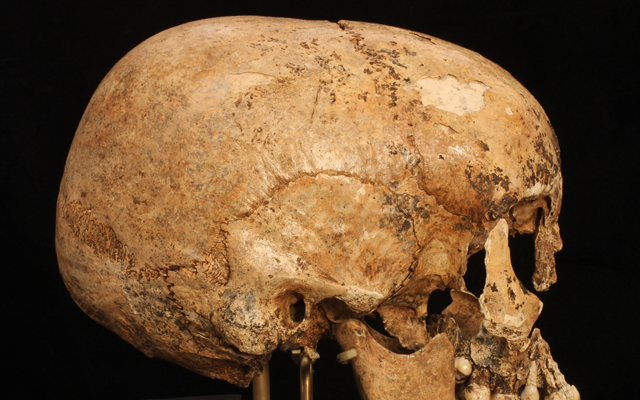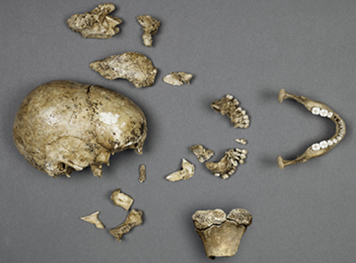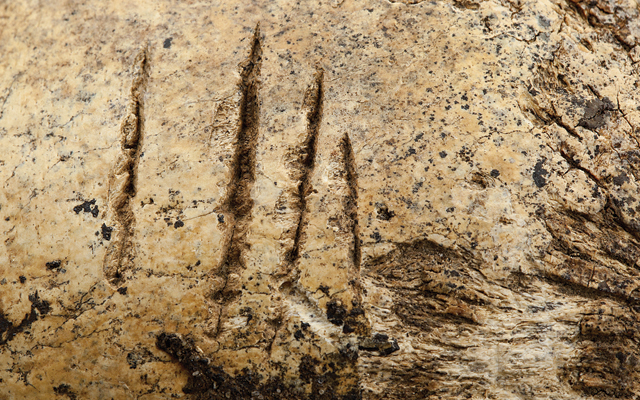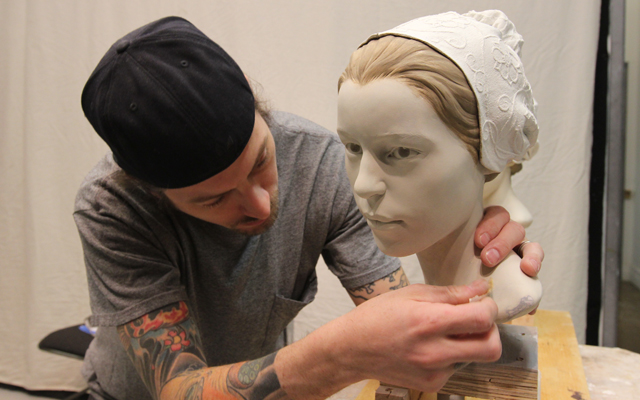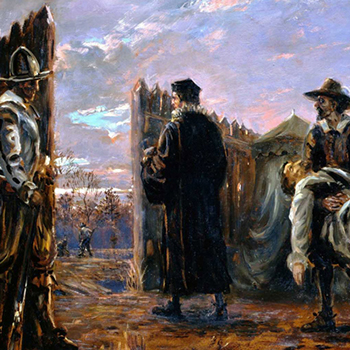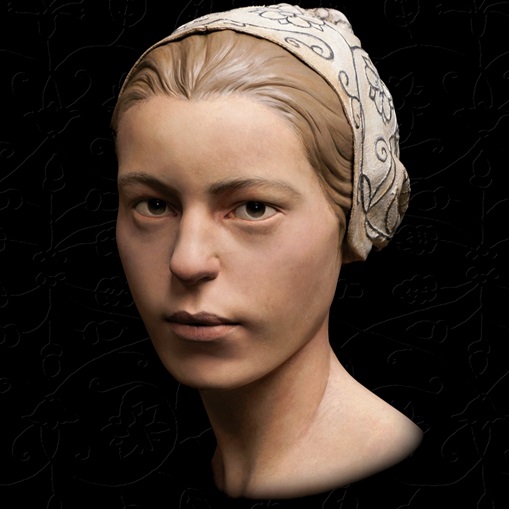Menu
≡
╳
- Home
-
Visit
-
Archaeology
- Dig Updates Explore Jamestown Rediscovery’s exciting finds in monthly archaeological updates. Archives cover years of archaeology at James Fort.
- Map of Discoveries Click each James Fort feature to learn more about what archaeologists have learned in 20 years of work.
- Excavations & Research
- History of Jamestown Rediscovery
- Collections
- History
-
Education
- Educators & Students Bring Jamestown to the classroom through our lesson plans and virtual school programs.
- Kids & Families Download kid-friendly activities and learn more about family fun on the island.
- Jamestown from Home Explore online resources to learn more about the archaeology and history of Jamestown.
-
Support
- The Jamestown Fund Making a gift directly supports the Jamestown Rediscovery Foundation’s ongoing efforts to research, preserve, and educate about the significance of the original site of America’s birthplace.
- Save Jamestown Support our efforts to mitigate the effects of climate change on Jamestown and its archaeological resources.
- Jamestown Legacy Society Learn more about making a lasting impact by including the Jamestown Rediscovery Foundation in your estate plans.
-


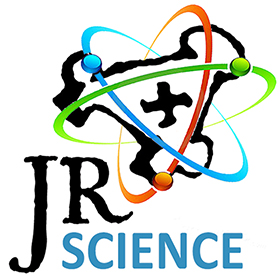 The biological profile of every skeleton is unique, so a bone biography combined with evidence at the scene of excavation can answer many questions about the life of an unidentified person. Over the past 20 years, Dr. Douglas Owsley and his team at the National Museum of Natural History at the Smithsonian Institution have examined several Jamestown skeletons: one that had been shot in the leg and another that proved to be a young boy hit with an arrow in 1607. The Smithsonian provided important clues that another James Fort burial was that of Captain Bartholomew Gosnold, a major planner of the colony. In 2012, Owsley's team was given the challenge of analyzing the remains found in the James Fort L-shaped cellar.
The biological profile of every skeleton is unique, so a bone biography combined with evidence at the scene of excavation can answer many questions about the life of an unidentified person. Over the past 20 years, Dr. Douglas Owsley and his team at the National Museum of Natural History at the Smithsonian Institution have examined several Jamestown skeletons: one that had been shot in the leg and another that proved to be a young boy hit with an arrow in 1607. The Smithsonian provided important clues that another James Fort burial was that of Captain Bartholomew Gosnold, a major planner of the colony. In 2012, Owsley's team was given the challenge of analyzing the remains found in the James Fort L-shaped cellar.
